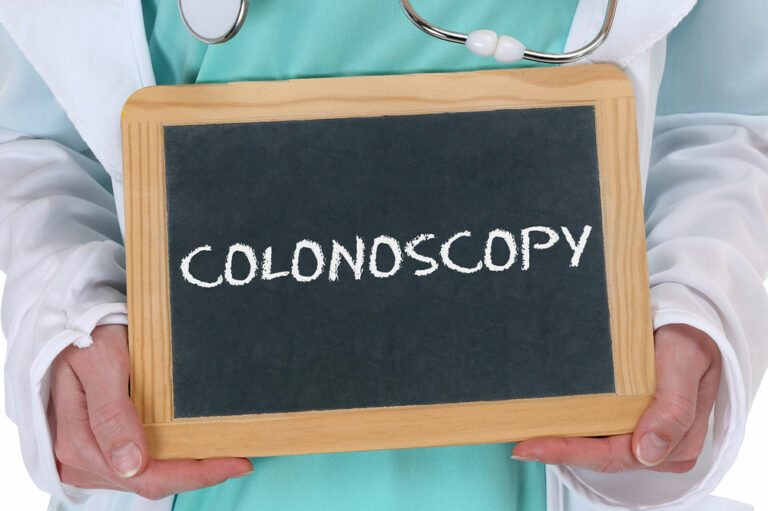When someone experiences a second-degree burn, it can be a frightening and painful experience. However, certain treatments are available to help reduce the severity of the burn and speed up the healing process. As a result, it is crucial to understand the symptoms of second-degree burns and the best way to treat and manage them. This article will explore the causes, symptoms, skin care and healing tips, and treatments for second-degree burns.
What are second-degree burns?
Second-degree burns are also referred to as partial-thickness burns because they affect both the epidermis and dermis layers of the skin. These burns are often excruciating and can take longer to heal than first-degree burns.
Adequate care is essential for healing second-degree burns, which can take anywhere from 2 to 4 weeks to heal. Infection can also occur if the wound is not kept clean, so proper hygiene and bandaging are essential to ensure an appropriate healing time.
Symptoms of second-degree burns
Second-degree burns are a painful condition that requires special care and attention. They are often caused by exposure to extreme heat, electric shock, fire, chemical contact, or radiation. Recognizing the symptoms of second-degree burns is essential to receive prompt medical care and minimize the healing time. Common symptoms of second-degree burns include:
- Severe pain and discomfort
- Redness and swelling of the affected area
- Blistering on the skin
- Skin that looks leathery or glossy
- Discoloration of the skin
- A burning sensation lasting more than three days
Managing second-degree burns
When treating second-degree burns, starting the process as soon as possible is important. While these types of burns are typically less severe than third or fourth-degree burns, they can still cause significant discomfort and require immediate medical attention. Treatment for a second-degree burn will vary depending on the size and location of the burn. Some of common treatments for second-degree burns include:
- Applying a topical cream or ointment prescribed by a doctor
- Covering the wound with a sterile, non-adherent bandage
- Applying cold compresses to reduce swelling and pain
A second-degree burn will usually heal within two to three weeks with proper treatment. During this healing time, keeping the wound clean and protected from further harm is important. In some cases, a doctor may also prescribe treatment options or recommend a skin graft for severe second-degree burns.
Healing stages of a second-degree burn
Understanding the different healing stages of second-degree burns is essential to treating them properly. The healing process can take anywhere from two to three weeks, depending on the severity of the burn. Here are three distinct healing stages.
- The first stage of healing is the inflammation phase, characterized by redness and swelling around the burned area. During this stage, it is vital to keep the burn covered with a sterile dressing.
- The second stage is the formation of blisters and scabs, a sign that new skin cells are forming to replace the damaged ones. During this time, the area may be tender, and one should avoid breaking any blisters or scabs as this can increase the risk of infection.
- The third stage of healing is the remodeling phase, which involves the growth of new skin cells over the burn site. During this phase, keeping the area clean and moisturized is essential to reduce scarring.
Second-degree burns must be managed properly to minimize lasting damage or complications. Medical treatment may be necessary for severe cases to reduce pain and prevent infection. One must follow their doctor’s instructions when treating a second-degree burn to ensure proper healing.
How to prevent second-degree burns
Second-degree burns can be extremely painful and cause lasting damage. Here are some easy things to do to reduce the risk of second-degree burns.
- Wear appropriate protective clothing when handling hot objects or working with open flames.
- Keep flammable materials away from heat sources like fires and stoves.
- Use oven mitts or pot holders when cooking on the stovetop or in the oven.
- Supervise children around heat sources and make sure they understand the risks.
- Don’t leave hot drinks unattended or within reach of children.
- Check the temperature of the bath water before showering.
- Avoid exposure to harsh sunlight and wear sunscreen to prevent sunburns.
- Keep the home protected by smoke alarms and carbon monoxide detectors.
- Follow all safety instructions when using fireworks.












